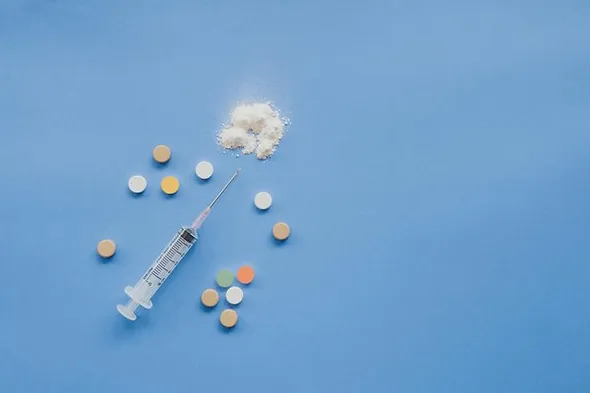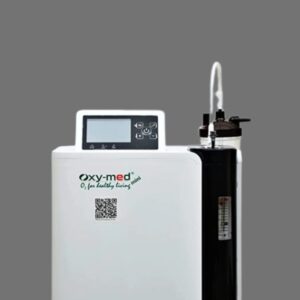Differences in Addiction Treatment Methods

While the opioid epidemic has brought national attention to the issue of addiction, people have been struggling with the use of addictive substances for centuries. Only in recent years have we made big improvements in the treatment of substance abuse and addiction, and science has discovered new ways to address the problem of addiction and help save the lives of those who struggle with it.
Every patient is unique in their physicality and mental processes, and so each person has different needs when it comes to treatments. There’s not just one perfect solution for everybody, and different treatment methods are better for different people. There are pros and cons to each method, but overall the most effective treatment just depends on each individual’s needs.
Quitting “Cold Turkey”
A very common method of treating substance abuse is abstaining from any consumption of the addictive substance all at once, often known as quitting “cold turkey.” This method takes a lot of willpower and can sometimes lead to relapses, but that doesn’t mean it isn’t a viable option for addiction patients.
Many implement the “cold turkey” technique on their own by simply throwing out whatever substance they have and trying to adjust to no longer using it. This can be successful for those with addictions to alcohol, tobacco or nicotine, and even caffeine. However, this is much harder to pull off with substances like opioids, meth, or heroin. For treating these substance addictions via the abstinence method, a rehabilitation center is often the best option. At an abstinence based recovery center, patients are not allowed access to any addictive substances but are always around nurses, counselors, and other professionals who will help them manage any negative effects or cravings. These facilities have patients participate in group activities as well as individual therapy to help them get through their recovery.
A downside to the “cold turkey” method is that it can lead to a high probability of negative withdrawal symptoms. Suddenly abstaining from a certain substance after a long period of dependency can cause negative physical and mental effects that can sometimes be very dangerous. Symptoms like anxiety, trouble sleeping, hallucinations, and even seizures can occur after sudden substance withdrawal. There are ways to prepare for withdrawal though that can keep addiction patients safer. Recovery centers will of course monitor a patient’s withdrawal symptoms and give them proper care and support, but patients can also opt to remain at home with the support of a loved one or even receive outpatient help from a doctor or other medical professional.
Tapering Off
Another method for addiction treatment is weaning a patient off a substance gradually. This process involves reducing the dose of the addictive substance used at a controlled rate until the patient is able to quit entirely. Tapering drug use or alcohol consumption should also be monitored either at home or in a rehabilitation facility.
Gradually reducing the use of an addictive substance can help lessen or even prevent harmful withdrawal symptoms. While this method of treatment may not bypass the effects of withdrawal completely, it can certainly ease the discomfort and difficulty of dealing with these symptoms. It can be far more beneficial for some patients to limit their usage a bit at a time to as not to shock their systems with such a sudden change.
The use of certain medications can also be helpful in gradual addiction treatment. A commonly known example is the use of nicotine patches to help people quit smoking. These patches administer nicotine to the patient’s body in place of cigarettes or other tobacco products. The level of nicotine in each patch decreases over time until the patient is able to stop using them altogether. This has been proven to be effective for many smokers, and the same logic can be applied to any substance addiction.
Understanding Harm Reduction
Some people are simply not ready or willing to begin the difficult process of becoming sober, but they absolutely still deserve proper care and support. Harm reduction is a method of treatment wherein the goal is not to achieve sobriety, but simply to improve the health and save the lives of those who struggle with addiction.
One component of harm reduction is the prevention of overdoses via education and medical aid. A common cause of death among addiction patients is an overdose of a harmful and addictive substance. While not everyone is able or willing to achieve sobriety, no one should have to die from a lack of education or resources. Giving people the tools to recognize dangerous doses and the warning signs of an overdose in themselves or someone else can help save many lives.
Another facet of the harm reduction movement is the distribution of sterile materials used to administer or inject drugs. Syringe Services Programs or SSPs provide people with sterile syringes as well as a way to safely dispose of used syringes. The idea is to provide those suffering from addiction with safer instruments to prevent the spreading of dangerous diseases that often affect people with substance abuse issues when needles are shared or reused. Giving people safe alternatives can save their lives, help keep them healthier, and can also encourage people to seek treatment.
People who struggle with addiction often need proper tools and support when trying to battle this serious issue. There’s no “one size fits all” treatment to addiction and every patient should receive care that is tailored to suit their specific needs.











